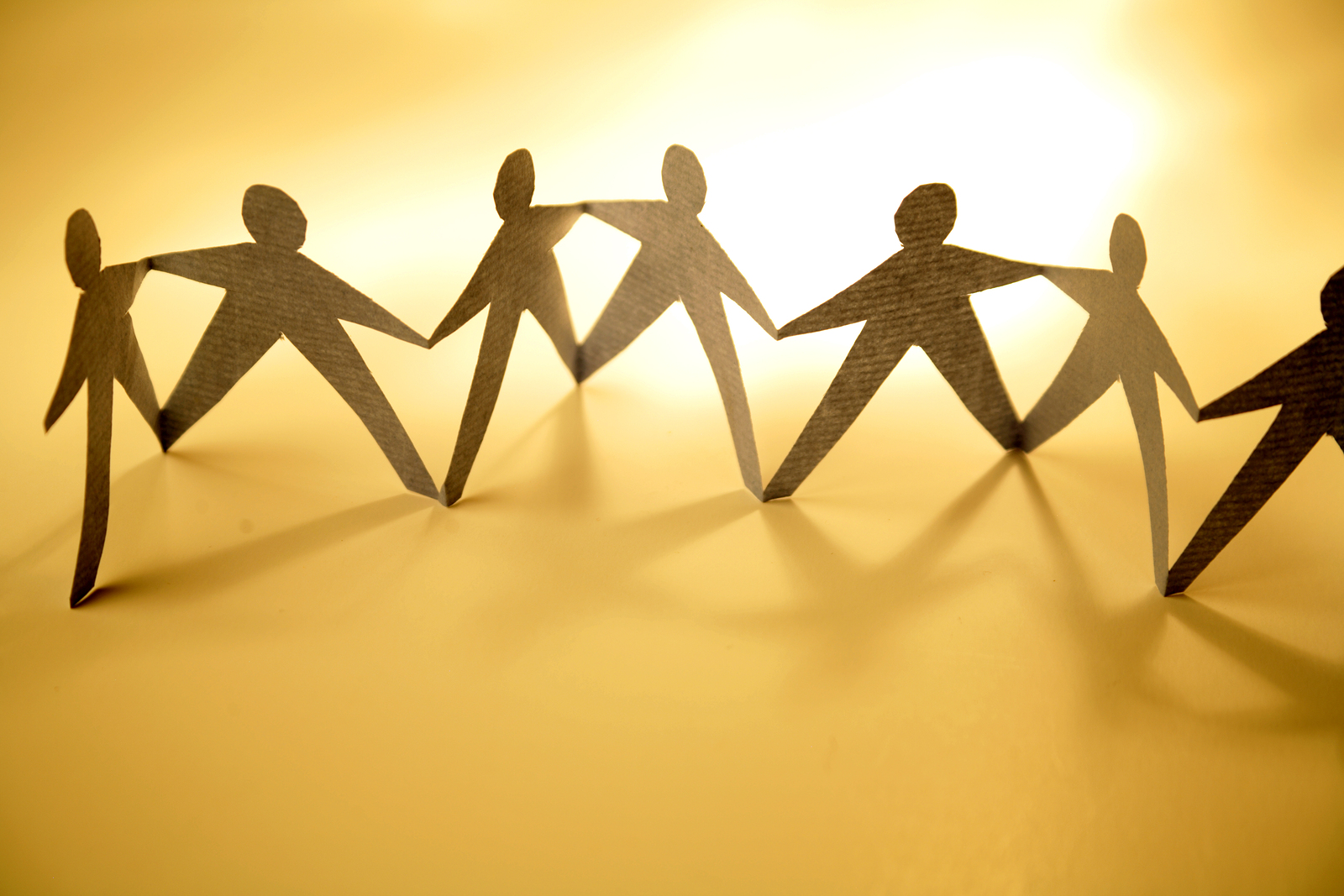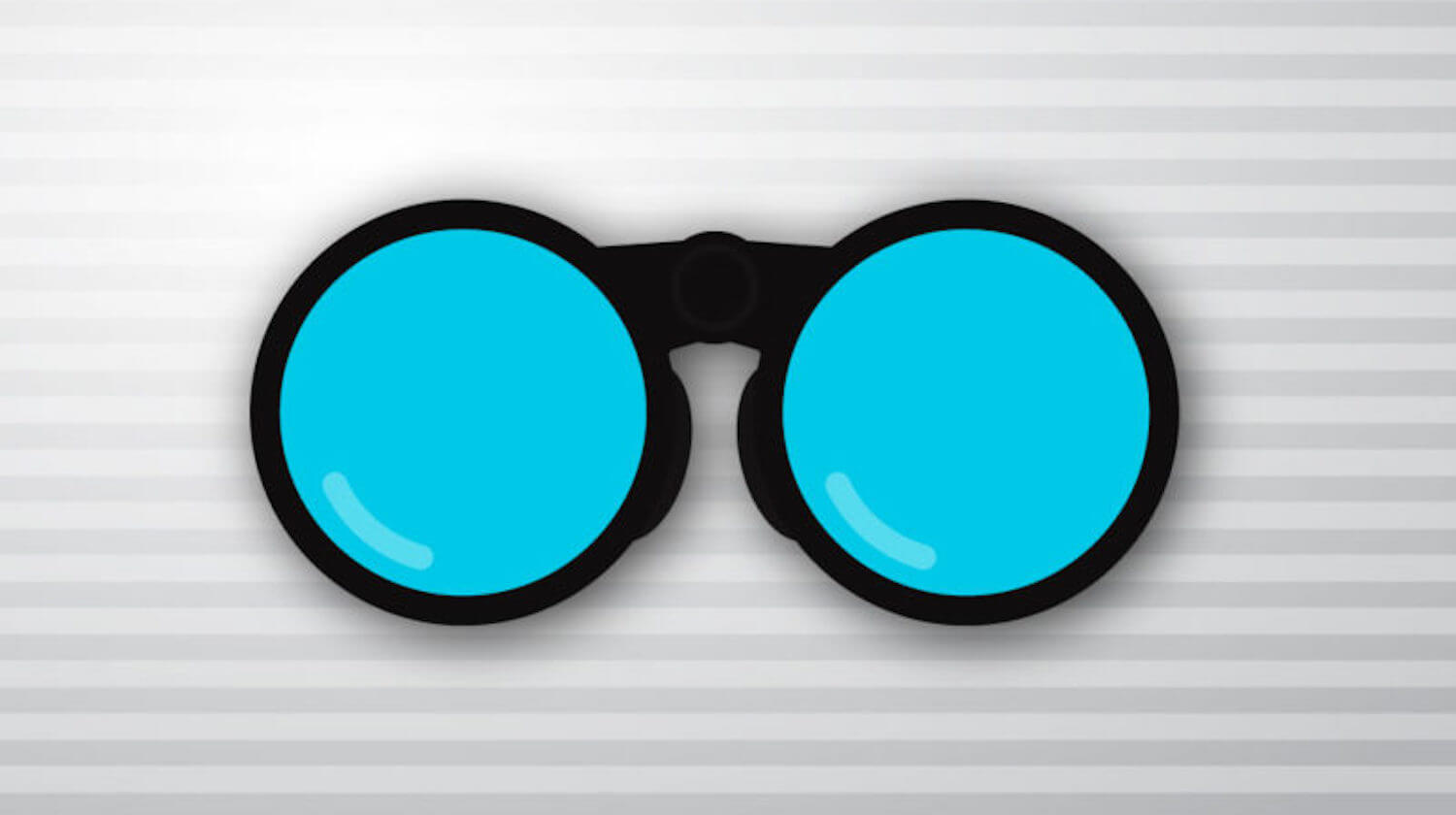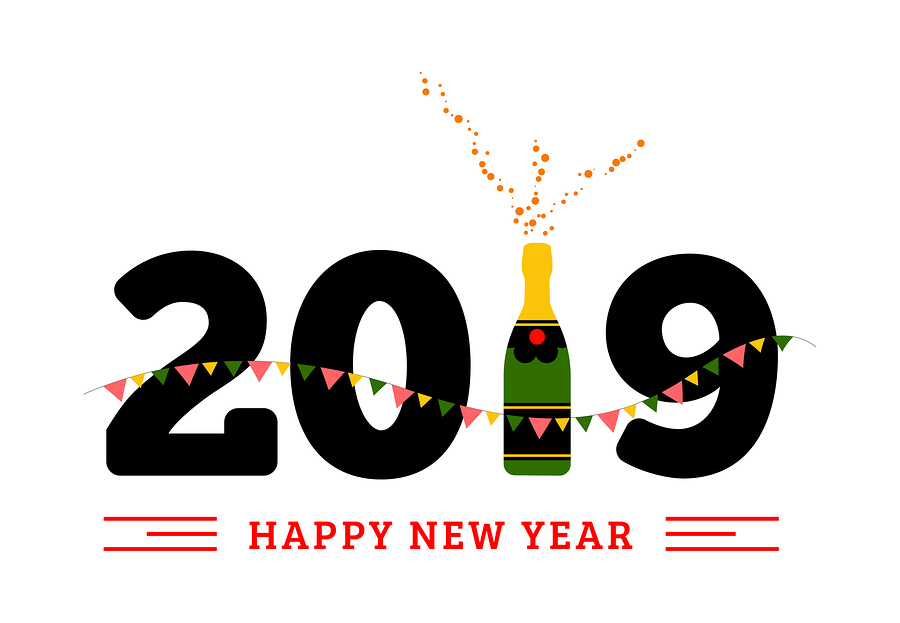Global Accessibility Awareness Day (GAAD), started in 2012 and is celebrated on the third Thursday of May. It’s great to have a big celebration once a year, but even better to elevate awareness every day.
Accessibility is defined in its purest simplicity, as easy to deal with or get to. It is the state of things we all wish for. It is good for everyone. Although the word carries broad implications, today it largely pertains to technology, and Artificial Intelligence (AI) is pushing it to new heights. If you live with vision loss, hearing loss, learning or mobility issues, accessibility can literally be the difference between yes and no.
The purpose of GAAD is to get people talking, thinking and learning about digital access and inclusion for all needs. Accessibility is advancing by leaps and bounds, however, awareness of it has not completely followed suit. So, go ahead, start talking it up. Learn something new about your mobile device, computer or smart tech and pass it along. Talk about it in general or in specific terms. Tell a friend, a co-worker or a neighbor and ask them to tell another.
Feel free to get your awareness-raising started right here on OE Patients, where we love to talk about this topic. Take a stroll through the Accessibility & Technology section or go directly to some of our favorite posts, on the topic, linked below.
Your Smartphone is a Comprehensive Low Vision Device
Accessibility Support Phone Lines
Smart Speakers You Ask They Answer
Elevating Accessibility Awareness Everyday
Accessibility Bridges the Visual Divide
Seeing AI is a Gift from Microsoft
How Ai Compensates Vision Loss
10 Things Siri Will Do if You Ask
10 Things to Know About iPhone Accessibility
5 Ways to Make Your Computer At Work Easier To Use
In a short film celebrating GAAD, Jenny Lay-Flurrie, Microsoft’s Chief Accessibility Officer restates their commitment to creating a more inclusive world. She says, “Accessibility can be effortless, ubiquitous and empowering to everyone.”
We agree. Watch the video here.
This article was first published May 24, 2018 and update May 20, 2021.




